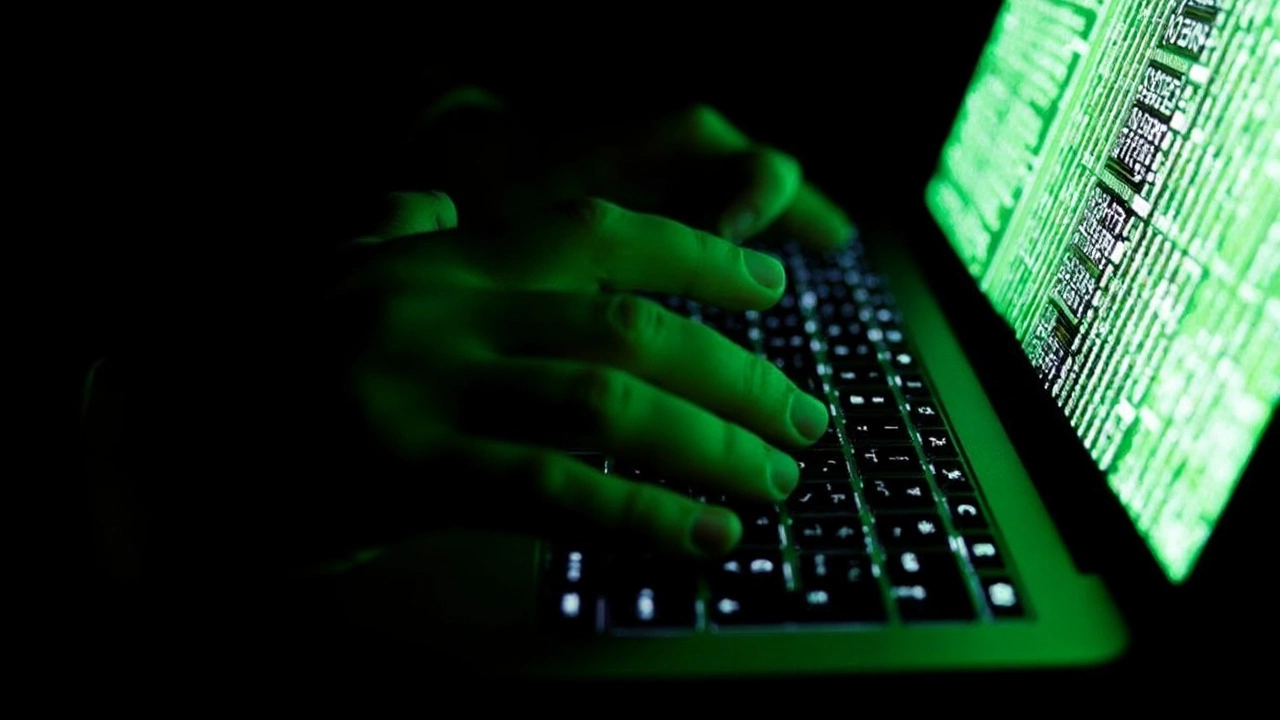Data Breach – Simple Guide to Understanding and Protecting Your Info
Ever get an email saying your password was exposed or see a news headline about a big company losing customer data? That’s a data breach. It’s basically when hackers, careless employees, or faulty software let private information slip out. The scary part is that almost anyone can be a target – you don’t have to be a celebrity or run a bank. The good news? You can take clear, practical steps to lower the risk and react fast if something goes wrong.
How Data Breaches Happen
Most breaches start with one of three tricks: phishing, weak passwords, or unpatched software. Phishing is when a fake email or text tricks you into clicking a link and handing over login details. Weak passwords are easy for bots to guess, especially if you reuse the same one everywhere. And unpatched software – think of apps or operating systems that haven’t been updated – often contain holes that hackers can slip through. Sometimes an insider accidentally shares a file, or a third‑party vendor gets hacked and your data follows. The common thread is that the breach is usually a mix of human error and technical slip‑ups.
Quick Actions After a Breach
If you learn your info was part of a breach, act fast. First, change the affected passwords and any other accounts that use the same login. Use a password manager to create strong, unique passwords for each site. Next, enable two‑factor authentication (2FA) wherever it’s offered – that extra code makes it much harder for thieves to get in. Keep an eye on your bank and credit‑card statements for unknown charges, and consider setting up alerts for large transactions. If the breach involved your Social Security number or other sensitive data, you might want to place a fraud alert or freeze on your credit report.
Beyond the immediate steps, think about long‑term habits that keep you safe. Regularly update your devices, install security patches, and avoid public Wi‑Fi for anything that needs a password. Use a reputable antivirus program and run scans often. When you receive unexpected emails asking for personal info, pause and verify the sender before clicking anything. Even a quick call to the company can stop a scam before it hits your inbox.
Finally, stay informed. Sign up for breach notification services like Have I Been Pwned? and follow reputable cybersecurity blogs. Knowing about new threats early lets you adjust your defenses before a hacker gets a chance. Remember, protecting your data is an ongoing process, not a one‑time checklist. By staying alert and applying these simple habits, you can keep your personal information out of the wrong hands and bounce back quickly if a breach does occur.
16 Billion Passwords Leaked: Massive Breach Hits Google, Apple, Facebook, and More
Posted by Daxton LeMans On 23 Jun, 2025 Comments (0)

A jaw-dropping 16 billion password leak has put users of Google, Apple, Facebook, and other top platforms at risk. Experts say info-stealing malware collected sensitive data from past incidents, exposing account logins, Social Security numbers, and credit cards. Authorities urge everyone to review account security and enable two-factor authentication.
16 Billion Credentials Exposed: Massive Data Breach Puts Google, Facebook, Apple Users at Risk
Posted by Daxton LeMans On 23 Jun, 2025 Comments (0)

A staggering 16 billion login credentials—including details for Google, Facebook, and Apple—have leaked in a historic data breach enabled by infostealer malware. Experts warn the massive dataset, compiled from countless sources, creates new risks of account takeovers and phishing, though no single company suffered a direct breach.
16 Billion Credential Breach Sparks Fears: How I Responded After My Own Data Got Hacked
Posted by Daxton LeMans On 21 Jun, 2025 Comments (0)

A massive 16 billion credential leak has put millions at risk of phishing, fraud, and scams, though no direct hacks hit big tech. After being hacked myself, I took steps like using unique passwords and enabling 2FA. Following these actions can help you protect your accounts and cut your exposure.




